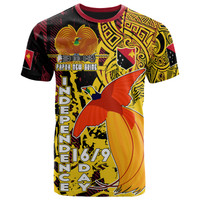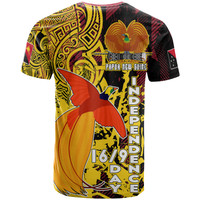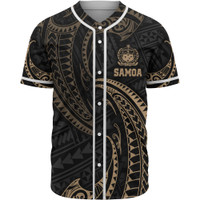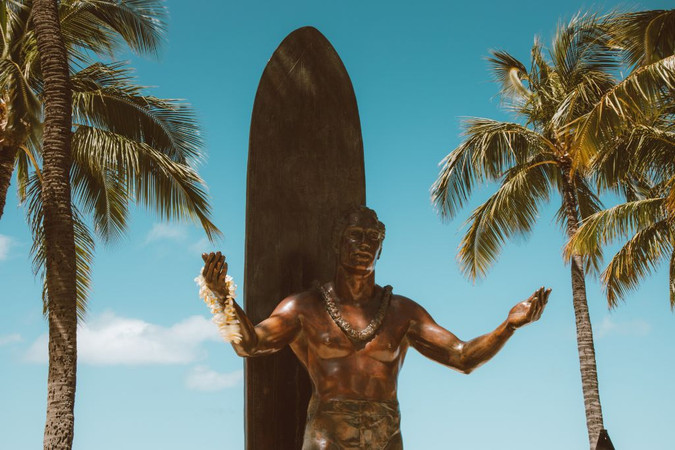12 Hawaii Traditions That Make Hawaii’s Culture Truly Unique
Posted by Maris on 25th Sep 2023
If you’ve spent any time in Hawaii, you’ll know that everything feels different—and we’re not just talking about the weather.
The culture of the Hawaiian Islands’ indigenous people, the Native Hawaiians, is still alive and well today. We’ll share a few customs from Hawaii’s early human occupants in this post so you may comprehend their origins—and their presence in the islands today.
Waves of newcomers to Hawaii introduced new cultures and traditions to the archipelago. Many of these are still present in the modern culture of Hawaii today. We’ll go through things as well, so you can respect these behaviors as a visitor or a Hawaiian resident.
Hula

The phrase brings up thoughts of a bikini-clad woman swinging in the Pacific breezes. However, the popular picture of hula is distant from reality. Hula is both an art form and a holy exercise for Native Hawaiians. It also served as a means for the ancient Hawaiians to preserve their origin stories and history.
Today, that hallowed tradition is carried on by kumu hula, master teachers who administer hlau hula schools. New generations of students are taught this old art, as well as its opening chants (oli) and accompanying music (mele).
If you want to watch real hula in action, attempt to get a ticket to the Merrie Monarch Festival. Alternatively, keep an eye out for a performance by a local hlau. There, you’ll be able to experience Native Hawaiian traditions, culture, songs, and chants as taught by teachers and students of all ages.
What About Ukuleles and Slack-Key Guitars?
You can’t talk about Hawaiian music without mentioning the ukulele and slack-key guitar. Both customs originated in the Aloha State and were influenced by immigrants to the islands.
The paniolo, Mexican cowboys who traveled to Hawaii to educate the Hawaiians how to deal with the horses and livestock brought to the island, are thought to have invented slack-key guitar.
The paniolo arrived with their guitars, and the Hawaiians exploited them to invent a new musical style: kihoalu, or slack-key. By tuning these guitars differently, a completely new sound and style emerged.
The roots of the ukulele have been attributed to the Portuguese, who are thought to have introduced a smaller, stringed instrument to the island’s residents. It took off fast in Hawaii, producing some outstanding performers and spectacular performances, such as Israel Kamakawiwoole’s Somewhere Over the Rainbow.
Moʻolelo

Beginning with the Kumulipo, the Hawaiian creation chant, stories, myths, and legends constitute an important foundation for Native Hawaiian culture. These legends have been passed down through oral tradition for hundreds of years.
These stories began to be documented once a written Hawaiian system was formed. David Malo’s Ka Mo’olelo Hawai’i/Hawaiian Antiquities, completed in the mid-1800s, was one of the first texts published. In 1888, King David Kalkaua made his own contribution by publishing The Legends and Myths of Hawaii. The Kumulipo was published in a booklet by King Kalkaua the next year. All of these provide an intriguing peek into the Native Hawaiian people’s ideas, legends, historical figures, and mythological figures.
Any of the works listed above are excellent places to begin learning about the moolelo of the Native Hawaiian people. Pele: Goddess of Hawaii’s Volcanoes by Herb Kawainui Ke is another favorite. It’s a fantastic collection of myths about the mercurial Hawaiian goddess who is said to appear when volcanoes erupt on the Big Island.
Traditions of the Lei
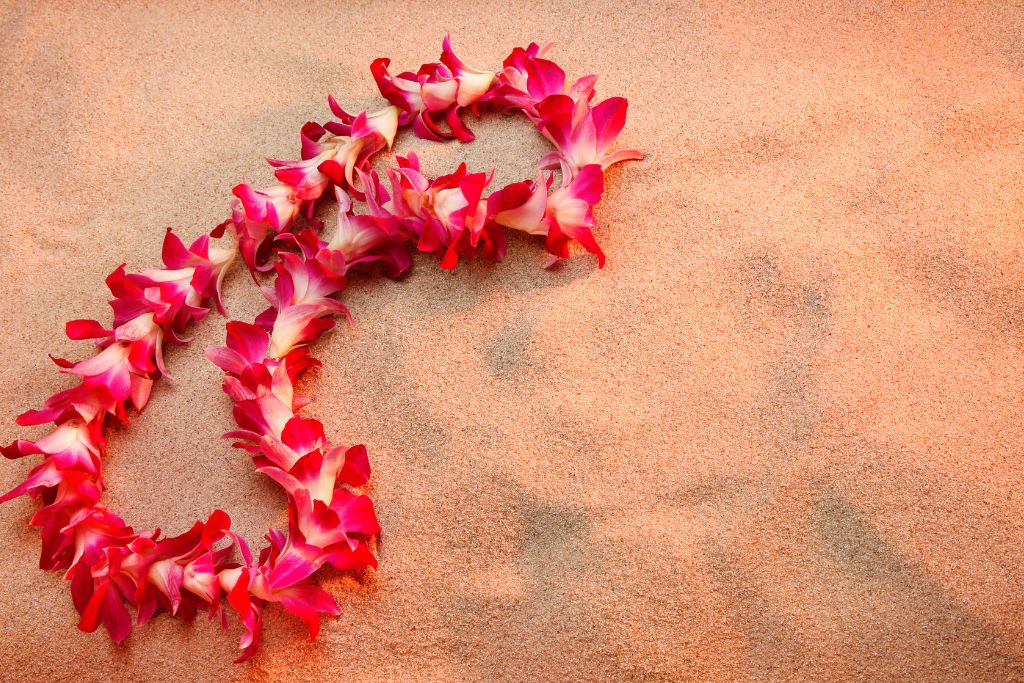
Lei is utilized in a variety of ways in Hawaii, including greeting tourists, honoring someone exceptional at an event, celebrating a graduating senior, and exchanging aloha.
Lei customs have evolved over time, but scholars have observed that Native Hawaiians wore lei, either around their necks (lei ) or on their heads (lei poo), to represent rank or status.
Hawaiian Language Tip: Unlike English, adding a -s or -es to a word does not make it plural in Hawaiian. As a result, the plural of “lei” remains “lei.”
Flowers, leaves, shells, nuts, feathers, and seeds are all common materials used to make lei.
On Lei Day, May 1st, you’ll see a lot of lei. This holiday was created by poet laureate Don Blanding and quickly became a respected tradition. Governor Wallace Farrington officially designated May 1 as Lei Day in 1929, giving it a statutory holiday.
Lūʻau

Native Hawaiians brought some of Polynesia’s dining practices with them. Recent research reveals that these feasts were not elaborate, celebratory dinners, such as those found at a “luau” nowadays.
In truth, the term “luau” was coined by accident in an 1856 edition of the Pacific Commercial Advertiser, which gave these feasts that name. Lau really refers to the taro tops that are frequently offered at these feasts. These events were previously known as pina (meal, little celebration with dinner) or ahaaina (feast, banquet).
If you go to a luau in Hawaii today, you’ll see rituals, dances, songs, food, and traditions from all around the Pacific, including Hawai’i, Tahiti, Samoa, Rarotonga, New Zealand, Tonga, and others. These events can be enjoyable. It should be noted, however, that they are not necessarily indicative of Native Hawaiian pre-arrival traditions.
If you visit Hawaii, you may also be asked to a baby lau. These gatherings are held closer to ahaaina and are frequently held to commemorate a child’s first birthday. The practice dates back to when a kid living to their first birthday was considered a huge achievement, and it is shared by numerous cultures around the world.
Honi Ihu’s
This traditional greeting involves nose-to-nose contact. Honi means “to kiss” and ihu means “nose.” This intimate rendition of “hello” allows both parties to exchange h (breath).
Although people still touch noses nowadays, the honi ihu has evolved into a kiss on the cheek or a kiss on both cheeks, followed by a hug.
Wayfinding

Wayfinding is the ancient Polynesian method of navigating at sea by using the stars, the sun, ocean swells, and natural phenomena (such as bird flight patterns). This once-dying skill is now actively being passed down to the next generation thanks to the efforts of the Polynesian Voyaging Society.
The Hklea, a traditional double-hulled sailing canoe manned by members of the Polynesian Voyaging Society, navigated from Honolua Bay, Maui, to Papeete, Tahiti, without the assistance of modern instruments in 1976, demonstrating the efficacy of the ancient skill of navigating. Hklea has circumnavigated the globe under the leadership of master navigators since then.
Prior to the trip of the Hklea, there were concerns regarding the feasibility of accurately navigating using just natural elements. Instead, some felt the initial Polynesian explorers happened onto the Hawaiian Islands by chance. The initial journey of the Hklea dispelled such fears, and the boat’s subsequent voyages have only piqued the desire of more young sailors in carrying on these traditions.
Today’s Customs That You’ll Face in Hawaii
Following the arrival of the first Europeans in Hawaii, waves of immigrants from Japan, Korea, China, Portugal, the Philippines, North America, and adjacent Pacific islands brought their own cultures and traditions with them. Many of those customs are now woven into daily life in Hawaii.
If you’re traveling or relocating to Hawaii, it’s crucial to understand these traditions so you can respect them—and the people who uphold them.
Please leave your shoes at the door.
When you go to see a buddy in Hawaii and see a pile of shoes outside the door, there’s only one thing you can do: Add yours. Even if you’re only going inside for a minute, wearing your shoes inside is considered impolite.
Some believe that Asian immigrants carried this custom with them. Whatever its origins, it’s a symbol of respect—and a method to avoid bringing dust or sand into someone else’s home.
Please do not honk.
Given Oahu’s renowned traffic, you’d think horns would be honking all the way down the H1. Drivers on the Hawaiian Islands, on the other hand, rarely use their horns—except in rare cases to warn others of danger or to assist sign-wavers on the side of the road.
In fact, many Hawaiians consider blaring the horn to be impolite. So, if you’re used to driving on the mainland, put the horn down and practice your shaka.
Flowers Have More Intricate Meanings

You might notice a woman sporting a flower behind one ear while going throughout Hawaii. But did you realize it can have a purpose other than decoration?
Women with a flower behind their left ear are desired. They have a significant other, partner, or spouse.
Women who wear a flower behind their right ear, on the other hand, are indicating that they are single.
This ritual can be seen across Polynesia, thus it is not exclusive to Hawaii. However, it is something to keep an eye out for when in the Aloha State.
Take no shells, rocks, sand, or anything else.

Mlama ina is a term commonly heard in Hawaii. It implies to look after the land. Along those lines, do not take rocks, shells, sand, or anything else from the beach. (With the exception of rubbish!)
Some may invoke Pele’s curse to discourage people from acquiring lava rocks. The curse isn’t mentioned in any Native Hawaiian myths, songs, or chants, although some people feel they’ve been cursed after removing lava rocks from Hawaii.
Whether cursed or not, the best method to mlama ina is to leave everything exactly as you found it, leaving only footprints behind.
Local Wildlife Should Be Respected

Along the same lines, it is essential in Hawaii to demonstrate respect for wildlife. This entails preserving your distance so as not to disrupt a creature’s natural patterns. Swimming on a collision course with a turtle, touching one, or allowing your dog to get too close to one are all actions to avoid.
‘Ohana Is Everything
The earliest Polynesian voyagers who arrived in Hawaii valued the concept of ohana. It was also important to Native Hawaiians, whose creation tales place the oha, the kalo corm, at the center. Oha is the root of the term ohana, effectively connecting all humanity.
Ohana is still important in Hawaii today, to both Native Hawaiians and residents. The concept of family, or ohana, begins with blood relatives but does not end there. It extends to the community, representing the spirit of interdependence shared by all who live on the island.
In Hawaii, children grow up surrounded by a community of “aunties” and “unkos” who, while not often blood relatives, form an extended family that looks out for one another. “Ohana means family,” says Lilo in the film. And family ensures that no one is left behind—or forgotten.”



